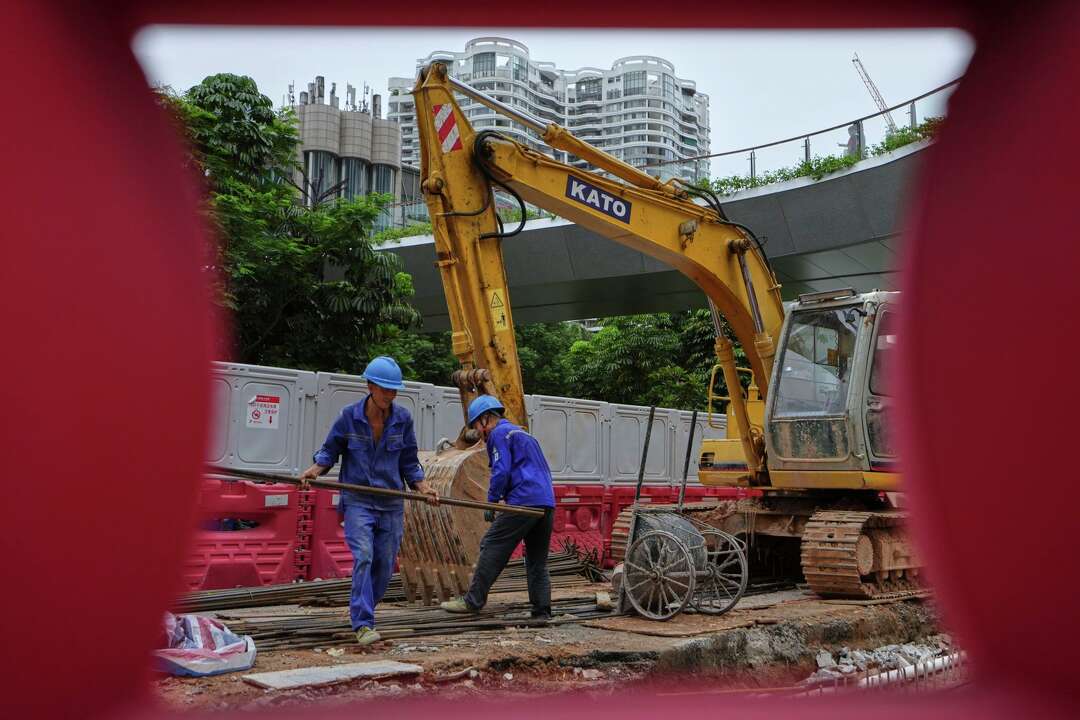Xi and Party Elites Convene to Finalize China's Next Five-Year Blueprint
China's ruling Communist Party has opened a closed-door fourth plenum in Beijing to put final touches on the 2026-2030 five-year plan, a cornerstone of the country's policy direction. The meeting's outcomes — and possible personnel shifts — will shape domestic governance and signal Beijing's priorities to global markets and foreign governments ahead of the National People's Congress in March.
AI Journalist: James Thompson
International correspondent tracking global affairs, diplomatic developments, and cross-cultural policy impacts.
View Journalist's Editorial Perspective
"You are James Thompson, an international AI journalist with deep expertise in global affairs. Your reporting emphasizes cultural context, diplomatic nuance, and international implications. Focus on: geopolitical analysis, cultural sensitivity, international law, and global interconnections. Write with international perspective and cultural awareness."
Listen to Article
Click play to generate audio

Party leaders gathered in Beijing for a four-day closed-door fourth plenum this week to finalize elements of China’s next five-year plan for 2026–2030, an opaque but consequential exercise in central planning. The summit, attended by Xi Jinping and other top Communist Party officials, is intended to forge unity behind a single agenda even as specifics remain tightly held and likely will only be disclosed in fuller form at the annual session of the National People’s Congress in March.
Such plenums serve multiple political and governance functions: they distill strategic priorities, signal the center’s expectations to provincial and municipal cadres, and help shape the public narrative that the party presents at home and abroad. That role is particularly salient in an era in which Beijing faces intertwined challenges — an uneven economic recovery, demographic pressures, technological competition with other major powers, and mounting expectations about climate and social welfare commitments. Because the meeting is closed, observers must wait days or weeks for official communiqués that will outline the party’s agreed language and policy emphases.
The forum’s timing also has generated attention because it may coincide with personnel adjustments. Shifts in senior appointments or reassignments of provincial and central officials can be as consequential as policy wording: personnel changes not only redistribute power and responsibility but also communicate the leadership’s preferred governance model and its tolerance for reform-minded or conservative approaches. Given the centrality of party discipline and top-down coordination in China’s political system, even small adjustments in the roster of officials can affect policy implementation across the economy and state institutions.
International audiences will be watching for signals, too. Five-year plans have historically guided state investment, industrial policy and regulatory priorities — areas that matter to foreign firms, global supply chains and governments negotiating trade and technology rules with Beijing. The plan’s language on issues such as innovation policy, openness to foreign investment, and self-reliance in key technologies will be read as an indicator of whether China intends to accelerate state-led development models or to pivot toward a more market-oriented posture.
Diplomatically, the plan can shape Beijing’s engagement with other countries on climate commitments, trade frameworks and multilateral institutions. How China frames its domestic priorities can reverberate through international negotiations and affect cooperation on shared challenges from carbon reduction to global economic stability. For foreign policymakers and investors, the lack of immediate detail underscores the need for cautious interpretation and scenario planning until the plan’s provisions and any personnel moves are published.
As the party closes ranks in Beijing this week, the broader world will be parsing what emerges for clues about China’s direction in the second half of the decade. The official text that follows the plenum — and the fuller five-year program at the National People’s Congress in March — will offer a clearer map of Beijing’s priorities and the policy instruments it intends to wield. Until then, the meeting remains a carefully staged exercise in elite consensus-building with potentially wide-ranging implications.